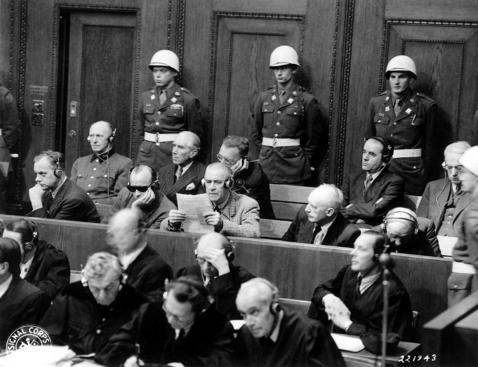
On April 6, hundreds of protesters convened outside the Walt Disney Company’s headquarters in Burbank, California. Their message: Boycott Disney.
Disney’s having a moment at the center of the latest culture war dust-up, with the allied forces of Donald Trump’s “Make America Great Again” base and the old “religious right” arrayed against an equally motley crew of something they call the “radical woke left.”
Under pressure from the latter, Disney spoke out against Florida’s so-called “Don’t Say Gay” law, a bit of fentanyl-laced red marketing meat tested on the former’s support base there, and now spreading to other states.
Disney’s General Entertainment Content president, Karey Burke, followed that up with a stated intention to boost the presence and centrality of queer characters in Disney productions: “We have many, many, many LGBTQIA characters in our stories and yet we don’t have enough leads and narratives in which gay characters just get to be characters and not have to be about gay stories.”
Right-wing response: Avengers! Assemble!
It seems that the American right has already forgotten, and is about to re-learn, a lesson it’s only recently given to what passes for an American “left”: It’s easier to implement and sustain a “buycott” than a “boycott.”
When Chick-fil-A came under attack for donating money to anti-LGBTQIA causes, its revenues didn’t fall. In fact, they soared to new records as Chick-fil-A became religious conservatives’ fast food chain of preference.
The Chick-fil-A boycott/buycott scenario had clearly drawn lines. You avoided it because you supported e.g. same-sex marriage, or you patronized it to “own the libs.”
With Disney, the lines aren’t nearly as clear. Disney is easy to buycott, hard to boycott. Why? Because Disney owns and makes a LOT of stuff, not all of which is obviously Disney-branded. Let us count the ways:
Walt Disney Pictures and Walt Disney Animation Studios. Pixar. Marvel Studios. Lucasfilm. 20th Century Studios and 20th Century Animation. Searchlight Pictures. The ABC television network. The Disney Channel. Freeform. FX. National Geographic. A&E. ESPN. Hulu. Then there are its theme parks, hotels, and cruise line.
If you consume entertainment content, you almost certainly consume Disney content whether you notice you’re doing so or not.
Buycotting Disney is as easy as continuing to do what you’re probably already doing.
Boycotting Disney? Well, that’s significant and probably unpleasant work. How many sportsball fans even notice that Disney owns ESPN? How many of them are going to give up watching their favorite teams’ games over it? Probably not many.
The proposed Disney boycott is essentially Old Yeller, except that few will likely notice or mourn when it’s put down. And frankly, I’d be happy to see all of these “culture war” battles end that way.
Thomas L. Knapp (Twitter: @thomaslknapp) is director and senior news analyst at the William Lloyd Garrison Center for Libertarian Advocacy Journalism (thegarrisoncenter.org). He lives and works in north central Florida.
PUBLICATION HISTORY


